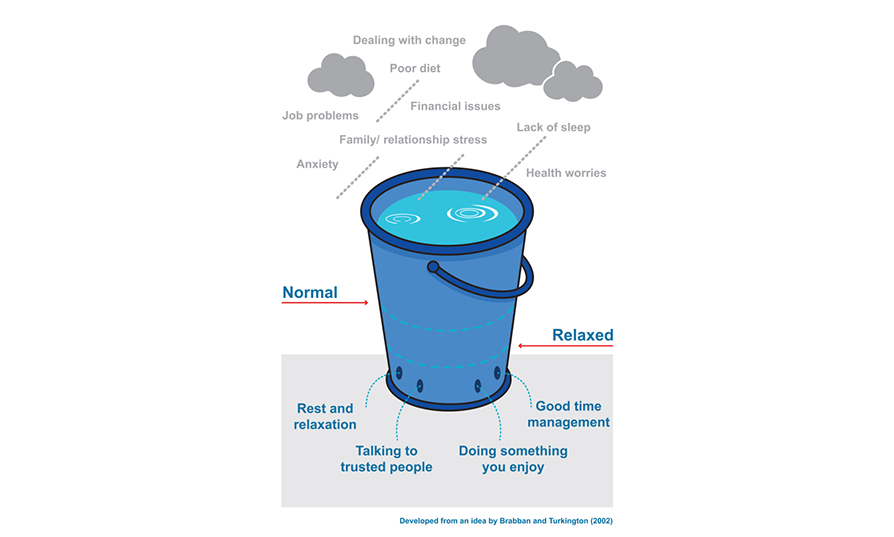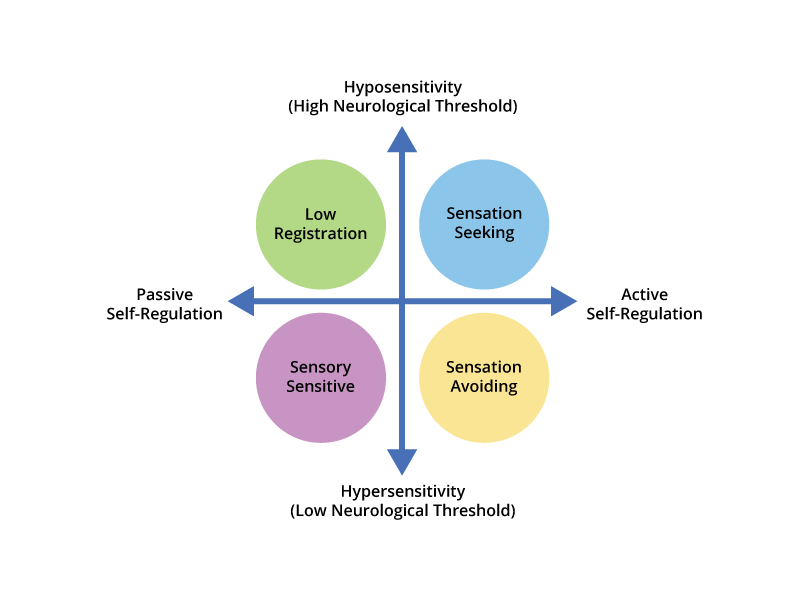
In the past unhelpful terms such as high functioning, low functioning, severe and mild have been used to explain an autistic person’s ability to live in the neurotypical geared society. The DSM IV labels autistics at diagnosis as level 1, 2 or 3, with 3 being a person who needs the most support to live in this society. The problem with these terms or labels is that they ignore the dynamic nature of autism and double empathy problem. In a perfect world we would be able to be accepted as we are in this society and people would work together to support each other’s strengths and weaknesses, but we don’t live in a perfect world.
One way to understand the dynamic nature of autism is through the cup and spoon theories combined with the influence of comorbidities such as sensory processing disorder, ADHD, OCD, PDA, ODD, CPTSD and more.
THE CUP THEORY
The cup theory can be used in two different ways to understand the dynamic nature of autism. The first way helps us understand meltdowns, burn outs and fight / flight / freeze responses. The second way helps us understand the comorbid effect of sensory processing difficulties on autistic functioning.
Cup Theory 1 - Emotional, Neurological capacity.

All people neurodivergent and neurotypical are born with a subconscious survival instinct which expresses itself in a fight, flight or freeze response to internal and external stressors. Each of us also have an emotional/ stress capacity, which we can envision symbolically as a cup. However, people have different size cups and different responses to external and internal stressors. The smaller your cup size and the greater your reaction to these stressors the more likely your cup will overflow and once the cup overflows the fight, flight or freeze response is activated. Continuing stressors will cause the cup to continue to overflow intensifying and increasing the duration of the fight, flight freeze response. Intense fight, flight, freeze responses are often referred to as ‘meltdowns’ and can be common for autistics.

People could theorise that some autistics have smaller cups to begin with so when stressors come, they are more likely to react. My experience is that my cup is large but I am impacted more by external stressors because of my need for routine,
social and sensory processing difficulties.

This is where the dynamic nature of autism is seen, as my ability to function is affected by the number of stressors I experience in any given situation. There will be days, weeks and months where I need a lot of support and then there are times when I can function with little to no support. Some days I would appear
“low functioning, a level 2” and other days I would appear “high

functioning, a level 1”. I am rarely “very low functioning a level 3” because I have few comorbidities and a lot of coping mechanisms, but my level of functioning does change. Therefore these terms are problematic especially when used as generalised as labels for a person’s lifetime capacity to function. It also ignores the impact of comorbidities on functional capacity.
Cup Theory 2 – sensory processing and other comorbidities.
Comorbidities come with their own stressors and functional impacts. The cup theory can help understand one comorbidity common to autism in various degrees, sensory processing disorder. Sensory Processing Disorder can act as one of the stressors in an autistic’s cup and can cause a cup to overflow quickly with a fight flight freeze response that appears out of nowhere. Sensory Processing is complex and varies from individual to individual and can also vary within an individual over time. Sensory Processing Disorder itself is a dynamic condition which is not given functioning labels and levels of capacity. Its impact on many autistics is significant and effects their level of functioning on a regular basis.

Sensory Processing Disorder consist of 4 quadrants low registration, sensory Seeking, sensory avoiding and sensory sensitive. Each person processes the seven senses in various ways to fit somewhere on this continuum. People with sensory processing disorder struggle to process these sensory inputs which results in over or under stimulation which effects their ability to function. Over stimulation can cause the cup
to fill quickly, under stimulation can cause the
cup to be empty causing a lack of energy and

motivation. Some autistics with sensory processing disorder then become sensory seeking attempting to fill the cup which is dysfunctional and takes away from productive functioning. Some autistic like me have both low registration and sensory sensitivity and so they struggle to find energy and motivation and then they suddenly register input causing a very quick overload from empty to overflowing in seconds. This is often proceeded by a flight fight freeze response of varying levels. Developing sensory diets to regulate sensory processing is helpful but it won’t eliminate the dynamic effect on autistic functioning.
Spoon Theory

Spoon theory is the idea that on any given day you have a set number of spoons which are required to do the everyday activities of life. Some days you have lots of spoons, other days you have very few spoons. Some activities will require 1 spoon and other will require multiple spoons. Often people with disabilities and comorbidities have a reduced number od spoons to begin with or require a greater number of spoons to complete that activity because that activity is difficult for someone with their disability or disorder.
The number of spoons a person begins with can change from day to day and the number of spoons required to complete various tasks can change from day to day. In this way disabilities and disorders are again dynamic and vary throughout time.
Conclusion
The dynamic nature of autism is much more complex than explained above, but hopefully this gives some insight into the problematic labels of autism levels and high and low functioning. It is essential that support provided to autistic people be able to adapt to the dynamic nature of autism in order to be effective.
.png)
Comments